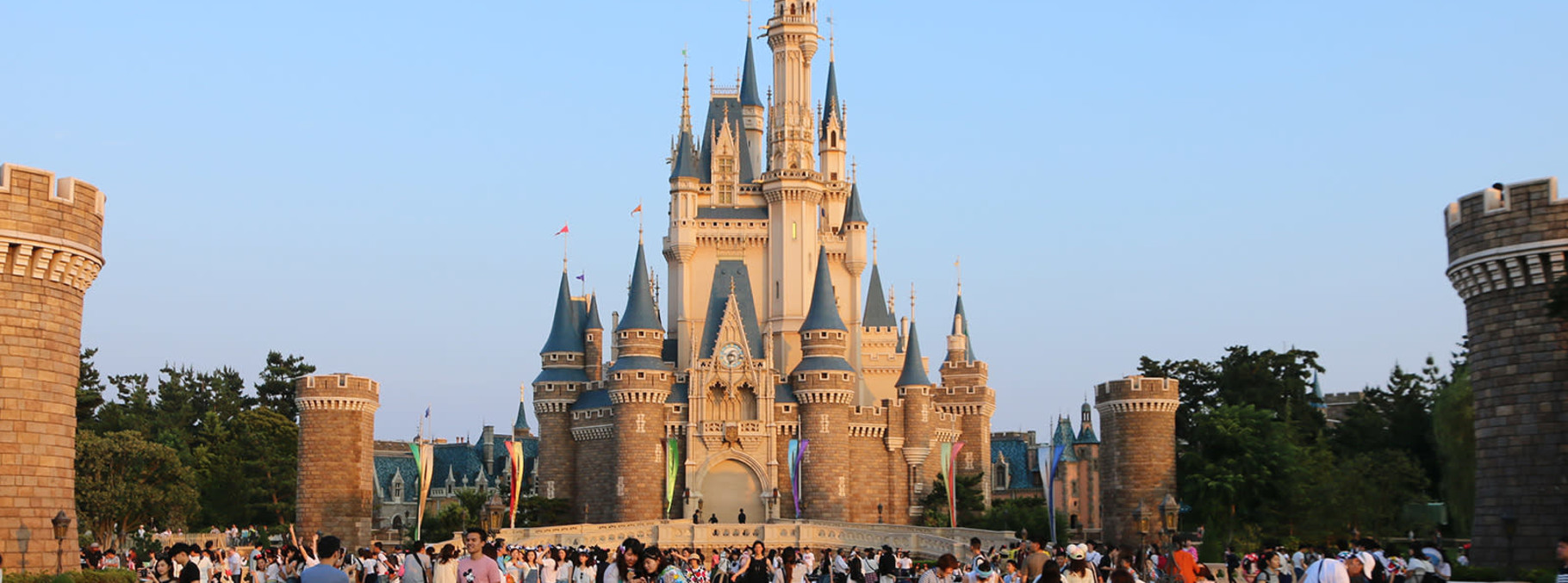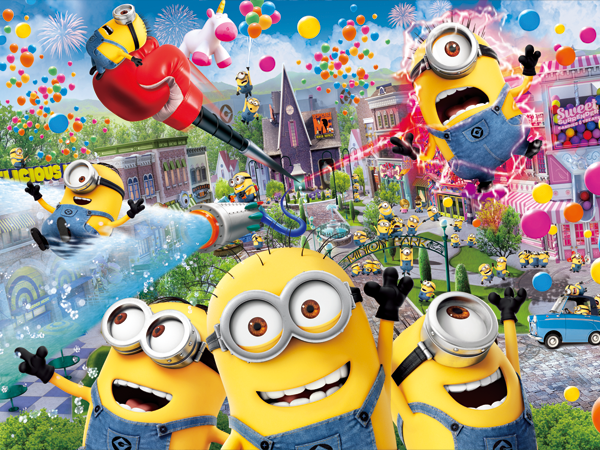Gifu Castle
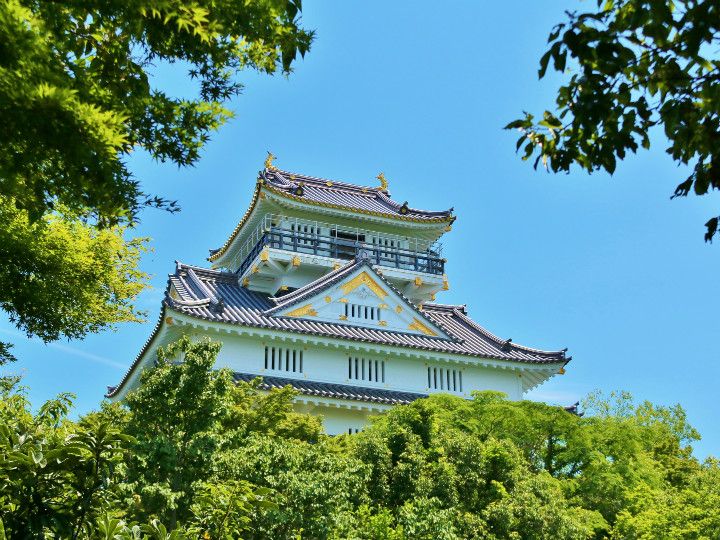

(Source: 金華山ロープウェイ)
Gifu Castle and Nobunaga Oda
In the spot where Gifu Castle stands today, there used to be a castle called Inabayama Castle since the early 1200s. Later in 1567, Nobunaga Oda attacked Inabayama Castle and as he conquered this land, he named the area "Gifu" and started the reconstruction of Gifu Castle as well as the town at the base of the castle. He installed a free market space in town called rakuichi-rakuza, which led immense prosperity of Gifu. Celebrating Nobunaga's success, there is a statue of him in his younger days in Gifu Park at the foot of the castle, as well as a gold statue of him in front of the JR Gifu Station, which is very popular for its flashy appearance.

(Source: 或る「伊豆日記」)
View from the Observatory
Upon reaching the top floor of the castle, the great landscape of the Nobi plains come into view. The plains spanning all the way to the horizon as well as the city views can only be described as overwhelming. The nature-rich landscape of Gifu can be appreciated with a 360-degree view, and depending on the direction you can see the hills coming out of the plains and the Nagara River that flows as if it were crawling through the city.

(Source: 「趣味」と「科学」のまとめレポ)
Enjoy the Night View from Gifu Castle
In spring, summer and autumn, the observatory opens during the night for a limited period of time, allowing visitors to enjoy the shimmering night view. The lighting composed of the city lights of Gifu right underneath and the lights of Nagoya glowing in the distance is described as "aurora view" and captures the hearts of many people.
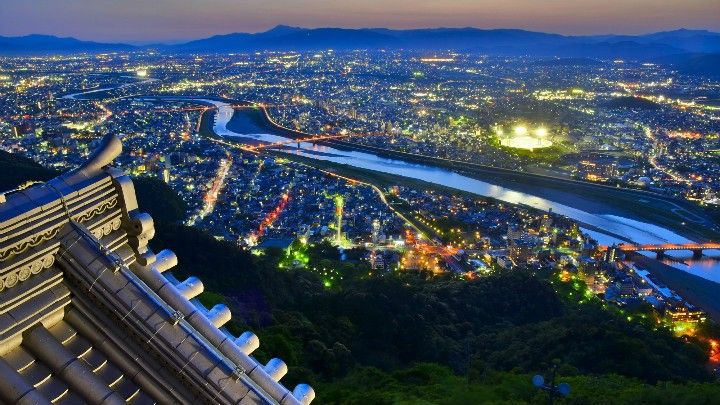
(Source: 蝶(ファラージャ) / PIXTA(ピクスタ))
Inside the Castle Tower
The center of Gifu Castle is made into a museum, displaying a wide array of items from statues of Nobunaga Oda, who built Gifu Castle, weapons from the Sengoku period and musical instruments. Also, on the north side of Gifu Castle, there is the Gifu Castle Museum and here too, there are many rare references related to Gifu Castle.
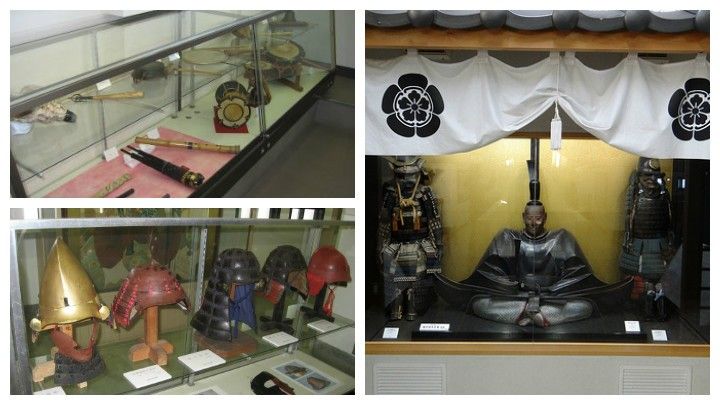
(Source: 岐阜城金華山岐阜公園ガイド)
Mt. Kinka Ropeway
There are several ways to reach the top of Mt. Kinka; however, the most recommended is to use Mt. Kinka Ropeway, on which you can enjoy a 3-minute trip through the air from the bottom station to the mountain top station. It is known as the steepest ropeway in the country and you can easily reach the mountain top while you enjoy the view of Gifu city as it gets smaller and smaller.

(Source: 「いっちゃん」の気まぐれ写真帳)
Mt. Kinka Squirrel Village
Near the mountain top station of the Mt. Kinka Ropeway, there is Mt. Kinka Squirrel Village, where many squirrels are kept. The squirrels were originally imported from Taiwan during the Expo in 1936 and have been living in the wild on Mt. Kinka since. The squirrels were slowly tamed and in 1965, Risu Mura (squirrel village) opened as the first of its kind in Japan. Their charming appearance, popular among kids too, is a must see.

(Source: Under The Same Sky)
Gifu City History Museum
The Gifu City History Museum at the foot of Mt. Kinka introduces the history and culture of Gifu in an interactive display and also hosts exhibitions relating to the Sengoku period, of which Gifu Castle served as the stage. The popular "Rakuichi Rittai Emaki (3D model of market place)" depicts the town below the castle in a real-life size and allows you to experience the atmosphere of the olden days.

(Source: 今、歴史博物館が面白い!)

(Source: 金華山ロープウェイ)
Gifu Castle and Nobunaga Oda
In the spot where Gifu Castle stands today, there used to be a castle called Inabayama Castle since the early 1200s. Later in 1567, Nobunaga Oda attacked Inabayama Castle and as he conquered this land, he named the area "Gifu" and started the reconstruction of Gifu Castle as well as the town at the base of the castle. He installed a free market space in town called rakuichi-rakuza, which led immense prosperity of Gifu. Celebrating Nobunaga's success, there is a statue of him in his younger days in Gifu Park at the foot of the castle, as well as a gold statue of him in front of the JR Gifu Station, which is very popular for its flashy appearance.

(Source: 或る「伊豆日記」)
View from the Observatory
Upon reaching the top floor of the castle, the great landscape of the Nobi plains come into view. The plains spanning all the way to the horizon as well as the city views can only be described as overwhelming. The nature-rich landscape of Gifu can be appreciated with a 360-degree view, and depending on the direction you can see the hills coming out of the plains and the Nagara River that flows as if it were crawling through the city.

(Source: 「趣味」と「科学」のまとめレポ)
Enjoy the Night View from Gifu Castle
In spring, summer and autumn, the observatory opens during the night for a limited period of time, allowing visitors to enjoy the shimmering night view. The lighting composed of the city lights of Gifu right underneath and the lights of Nagoya glowing in the distance is described as "aurora view" and captures the hearts of many people.

(Source: 蝶(ファラージャ) / PIXTA(ピクスタ))
Inside the Castle Tower
The center of Gifu Castle is made into a museum, displaying a wide array of items from statues of Nobunaga Oda, who built Gifu Castle, weapons from the Sengoku period and musical instruments. Also, on the north side of Gifu Castle, there is the Gifu Castle Museum and here too, there are many rare references related to Gifu Castle.

(Source: 岐阜城金華山岐阜公園ガイド)
Mt. Kinka Ropeway
There are several ways to reach the top of Mt. Kinka; however, the most recommended is to use Mt. Kinka Ropeway, on which you can enjoy a 3-minute trip through the air from the bottom station to the mountain top station. It is known as the steepest ropeway in the country and you can easily reach the mountain top while you enjoy the view of Gifu city as it gets smaller and smaller.

(Source: 「いっちゃん」の気まぐれ写真帳)
Mt. Kinka Squirrel Village
Near the mountain top station of the Mt. Kinka Ropeway, there is Mt. Kinka Squirrel Village, where many squirrels are kept. The squirrels were originally imported from Taiwan during the Expo in 1936 and have been living in the wild on Mt. Kinka since. The squirrels were slowly tamed and in 1965, Risu Mura (squirrel village) opened as the first of its kind in Japan. Their charming appearance, popular among kids too, is a must see.

(Source: Under The Same Sky)
Gifu City History Museum
The Gifu City History Museum at the foot of Mt. Kinka introduces the history and culture of Gifu in an interactive display and also hosts exhibitions relating to the Sengoku period, of which Gifu Castle served as the stage. The popular "Rakuichi Rittai Emaki (3D model of market place)" depicts the town below the castle in a real-life size and allows you to experience the atmosphere of the olden days.

(Source: 今、歴史博物館が面白い!)



